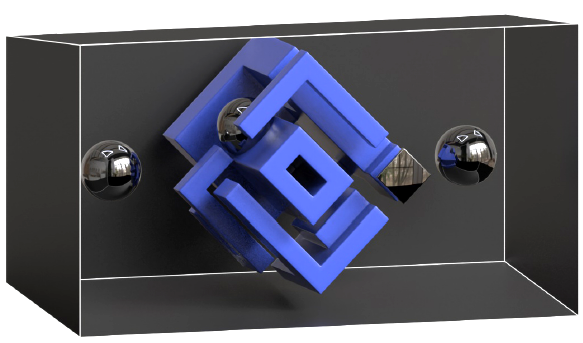
This paper investigates how the angular resolution of a simulated light field display affects the viewing experience of a 3D rendered scene. The effect of three-dimensionality, helpfulness of motion parallax, and overall viewing experience are evaluated by mean of a quantitative user study. A total of 32 results are recorded and evaluated. The quality metrics show a logarithmic trend, improving with an increasing number of views. A plateau at 0.25° per view can be found in two of the three evaluated questions. Moreover, the participants preferred the viewing experience of a conventional 2D-display over the simulated light field displays with more than 0.5° per view (less than 360 views at 180° FOV). This shows, that light field displays have to have a certain minimum angular resolution to create a pleasant viewing experience.

A layered light-field display is composed of several liquid crystal layers located in front of a backlight. The light rays emitted from the backlight intersect with different pixels on the layers depending on the outgoing directions. Therefore, this display can show multi-view images (a light field) in accordance with the viewing direction. This type of displays can also be used for head-mounted displays (HMDs) thanks to its dense angular resolution. The angular resolution is an important factor, because sufficiently dense angular resolution can provide accommodation cues, preventing visual discomfort caused by vergence accommodation conflict. To further enhance the angular resolution of a layered display, we propose to replace some of the layers with monochrome layers. While keeping the pixel size unchanged, our method can achieve three times higher resolution than baseline architecture in the horizontal direction. To obtain a set of color and monochrome layer patterns for a target light field, we developed two computation methods based on non-negative tensor factorization and a convolutional neural network, respectively.